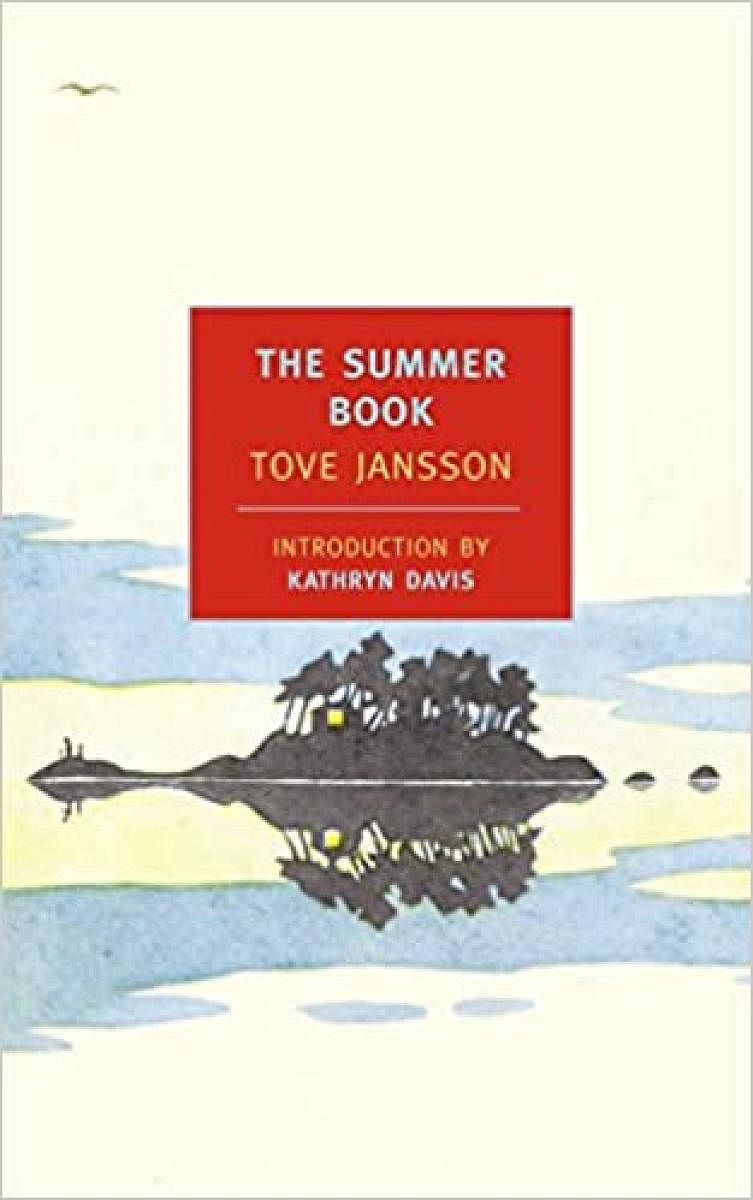
The great Finnish writer and artist Tove Jansson created the Moomins — white, snouted and cuddly looking creatures — while still a teenager. Over the next three decades, she went on to illustrate a number of books and comics based on these fantastical beings. By the time she passed away in 2001, the Moomins had already conquered children’s imaginations across the world.
Jansson didn’t just create magical worlds for children — she also wrote novels and stories for adults. Born into an artistic family that belonged to the Swedish speaking minority in Finland, she had a bohemian, almost anarchic upbringing. She, along with her siblings, maintained their strong familial bonds even as adults. Islands were a feature of her upbringing (her family would spend summers in tiny cottages in the Gulf of Finland) and even through her adult life.
In The Summer Book, written in 1972, the island is as much a character as the human protagonists. There’s no real plot to speak of in this novel — a young girl spends the summer with her grandmother and experiences the everyday rhythms of living in such quietude. The weather, the cruelties of feral creatures, the inconvenience of other people, the small losses of old age. What is told to us as the book begins and which you’d almost miss if you aren’t paying attention is that the young girl, Sophia, has just lost her mother.
A sense of loss
Grief is the undertow to the story told in The Summer Book. Jansson wrote it after the death of her own mother and the sense of loss (past, present and future) haunts the pages. There is not a bit of sentimentality in the prose — both Sophia and her grandmother are clear-eyed about the mechanics of life and death and the inevitability of time’s march forward. There’s a small conflict with the cat Sophia takes in as a small kitten but that grows wild and true to to its feline nature, killing mice and birds. Sophia, in distress, trades the cat for a large, purring ball of love that belongs to the neighbours. But the new cat turns out to be not wild enough — and the cats are exchanged once more. Sophia’s distress at the loss of what she thought she didn’t want and her need for it once it’s no longer around, is expressed in the most straightforward prose, devoid of metaphor.
Sophia and her grandmother don’t live in complete harmony — after all, they are missing a generation between them to act as interlocutor so there are arguments and tantrums on everything ranging from God to stormy weather to ageing, which are resolved in the most practical manner possible. Towards the end, Sophia has grown into her role in this family thrown together by loss. Even as her father visits and helps around the small house, it’s she who takes care of her grandmother.
Reading The Summer Book is an immersive experience — Jansson’s sensual prose and her ability to convey the delights and despairs of living so close to nature makes it impossible not to get drawn into Sophia’s world. And in entering that world, you encounter a larger truth: it is in acknowledging our losses and fears with grace that we move on with the business of living.
The author is a Bangalore-based writer and communications professional with many published short stories and essays to her credit
That One Book is a fortnightly column that does exactly what it says — takes up one great classic and tells you why it is (still) great. Come, raid the bookshelves with us.